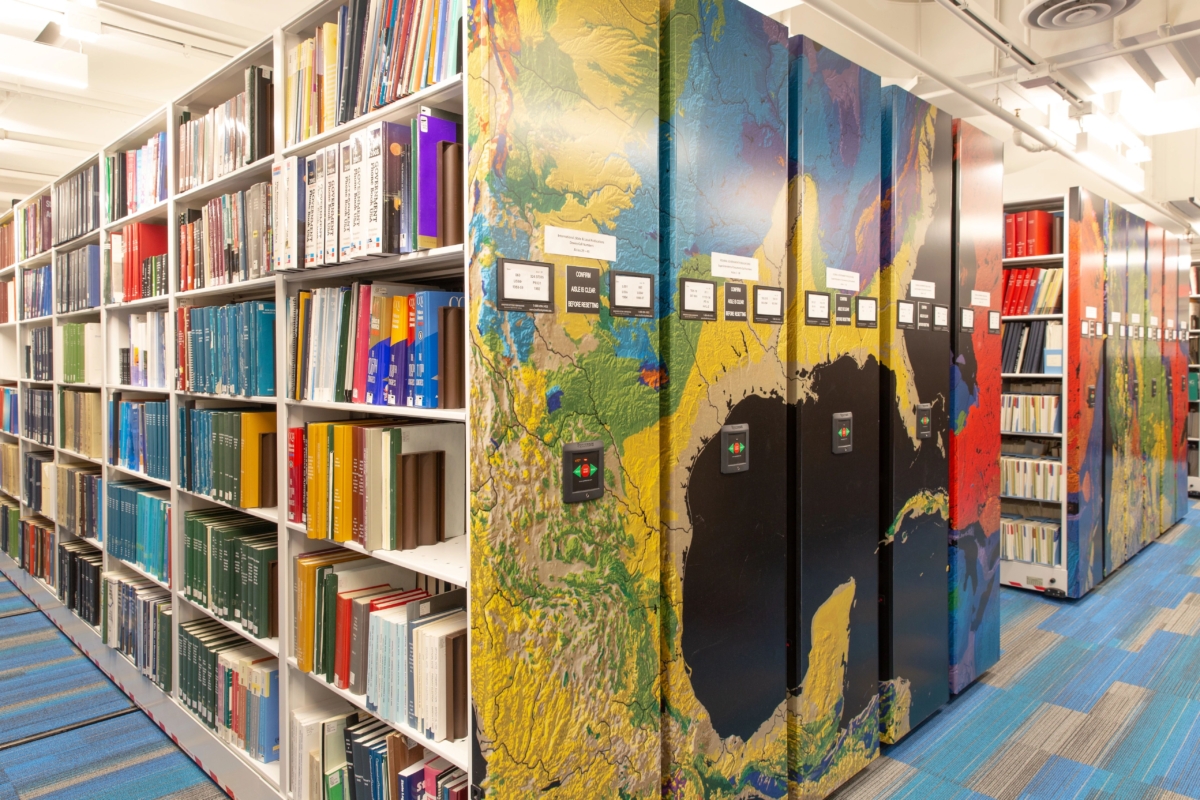How to Make the Most of Compact Library Shelving
Libraries are more than just places that store books; they are sanctuaries of knowledge, adventure, and imagination. However, as the volumes grow, space can quickly become a limiting factor. This is where compact library shelving comes to the rescue. By optimizing space with innovative shelving solutions, libraries can efficiently store their collections while still providing a welcoming and accessible environment for patrons. Let’s explore how to make the most of compact library shelving.
Evaluate Space Requirements
Before investing in compact shelving, assess the available space in your library. Consider factors such as the collection size, traffic flow, and accessibility requirements. This will help determine the most appropriate shelving configuration for your needs.
Customization Options
One of the benefits of compact shelving systems, such as those offered by Systems & Space, is the ability to customize. Tailor the shelving units to fit your space’s dimensions and your collection’s specific requirements. Utilize adjustable shelves, dividers, and accessories to maximize efficiency.
Utilize Vertical Space
Compact shelving allows libraries to take advantage of vertical space. Instead of traditional static shelves, opt for high-density systems that can be adjusted to suit a variety of heights of books and materials. This not only increases storage capacity but also creates a visually appealing environment.
Accessibility and Organization
Efficient organization is critical to making the most of compact shelving. Categorize books by genre, author, or topic and clearly label each section. Additionally, consider implementing digital cataloging systems to help patrons locate materials quickly and easily.
Safety Considerations
When designing shelving layouts, prioritize safety. Ensure that aisles are wide enough for patrons to navigate comfortably and that shelves are securely anchored to prevent accidents. Regular maintenance and inspections are important to address any potential hazards.
Flexible Design
Libraries are dynamic spaces that evolve over time. Choose shelving systems that offer flexibility and scalability to allow for future growth and changes in the collection. Modular designs allow for easy reconfiguration, ensuring that the shelving layout can adapt to the needs of the library.
Enhance Aesthetics
Compact shelving doesn’t have to be purely functional; it can also enhance the library’s aesthetic appeal. Choose finishes and colors that complement the overall design scheme, creating a cohesive and inviting atmosphere for patrons.
Consider Multi-Functionality
Compact shelving can serve multiple purposes besides storing books. Incorporate display areas for featured collections, seating options for reading or studying, or integrated technology hubs for digital resources.
By following these guidelines and leveraging the capabilities of compact library shelving, libraries can optimize space, improve organization, and create a more engaging environment for patrons. With innovative solutions from SSI, the possibilities are endless.
Related Posts
- Maximize Space With Industrial Mobile Shelving ( April 17, 2024 )
- Hotel Housekeeping Storage Room Tips for a Seamless Operation ( March 14, 2024 )
- Unlocking Convenience: The Key Advantages of Personal Storage Lockers ( March 14, 2024 )
- Knowing Your Options for Hospital Storage Solutions ( March 6, 2024 )
- Military Gun Lockers: What Works Best ( March 6, 2024 )
- Practical Solutions for Medical Supplies Storage ( March 6, 2024 )
- How to Leverage Cannabis Vertical Grow Racks ( January 22, 2024 )
- 5 Ways to Organize Your Medical Office ( January 17, 2024 )
- 5 Healthcare Storage Solutions ( December 14, 2023 )
- Maximize Office Space with Modular Shelving Systems ( December 14, 2023 )



Leave a reply